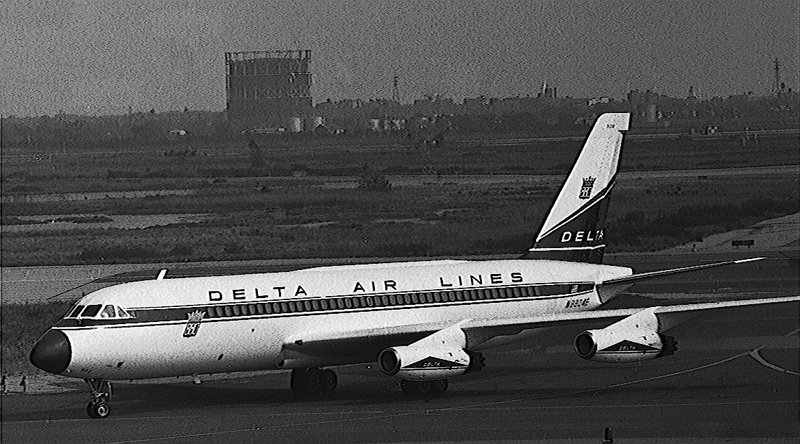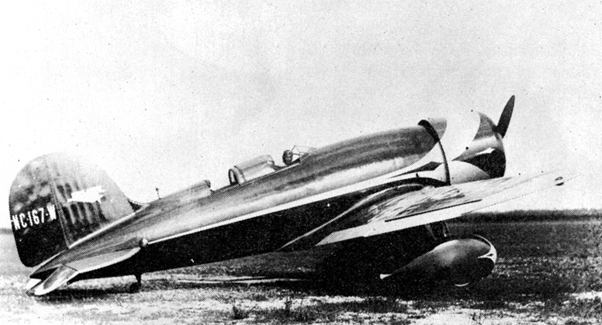Crash of a Convair CV-880-22-2 in Atlanta: 4 killed
Date & Time:
May 23, 1960 at 1152 LT
Registration:
N8804E
Survivors:
No
Schedule:
Atlanta - Atlanta
MSN:
22-00-16
YOM:
1960
Flight number:
DL1903
Crew on board:
4
Crew fatalities:
Pax on board:
0
Pax fatalities:
Other fatalities:
Total fatalities:
4
Captain / Total hours on type:
179.00
Copilot / Total hours on type:
10
Circumstances:
The flight was scheduled for training for two pilots who were to “check out” in the CV-880. A pilot-trainee occupied the left seat and a qualified instructor-pilot occupied the right. Immediately after liftoff the aircraft assumed an extremely nose-high attitude and banked steeply to the left. It then rolled to a vertical right bank, the nose fell through, and the aircraft struck the ground and burned. Four crew members, the only occupants, received fatal injuries.
Probable cause:
The Board determines the probable cause of this accident to be the stalling of the aircraft, for reasons undetermined, at an altitude too low to effect recovery.
Final Report:






